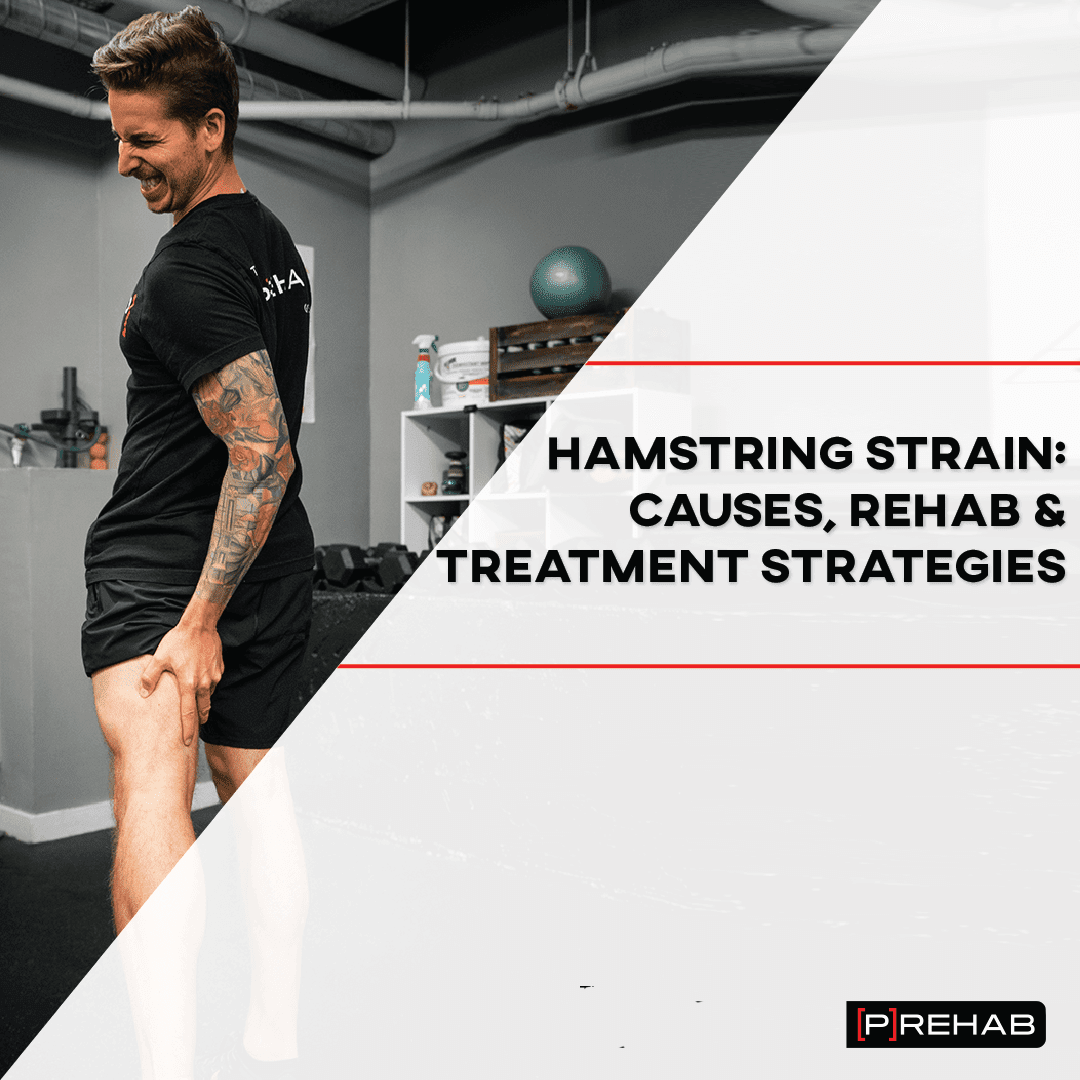
Have you ever strained your hamstring before? You’re not alone! Hamstring strains are among the most common acute musculoskeletal injuries. Athletes who participate in track and field, soccer, and football are especially prone to these injuries given the sprinting demands of these sports. One study found that over a 10-year span in the NFL, the occurrence of hamstring strains was second only to knee sprains. The average number of days lost for athletes with hamstring strains ranged anywhere from 8 to 25 days, which equated to missing up to 4 NFL games or 25% of the season. Even more concerning is that hamstring re-injury rates are extremely high, especially during the first two weeks after return to sport. In fact, over 33% of hamstring reinjuries will reoccur during this time (2). But even with the extremely high reoccurrence rates, there are risk factors that can be addressed now with a proper [P]Rehab routine. In this article, we’ll break down everything you need to know about hamstring strains and the best [P]Rehab exercises for the hamstrings.
What Causes Hamstring Strains?
Before we can dive into the causes of hamstring strains, we first need to define what the hamstrings are and what they do. The hamstrings are a group of muscles on the back of the upper leg that consist of the biceps femoris (long head and short head), semimembranosus, and semitendinosus muscles. All of these muscles (except the BF short head) originate at the ischial tuberosity (sit bones) and cross the knee and insert on the back of the shin bone (tibia). Because the hamstrings cross the hip and knee joints, they contribute to movement both at the hip (hip extension) and the knee (knee flexion).
Now let’s talk about hamstring injuries! A hamstring strain is a hamstring injury, it is just being more specific using medical terminology. The word strain is used to describe an injury to the muscle, in this case tearing of the hamstring muscle fibers due to excessive force/stretching of the muscle fibers. Hamstring injuries occur most commonly in the terminal swing phase of the running cycle.
During this phase, the hip is moving into flexion (bending) while the knee is moving into extension (straightening). The hamstring muscles are responsible for controlling these particular motions by eccentrically lengthening and decelerating the limb. The biceps femoris, in particular, incurs the greatest muscle-tendon unit stretch during the late terminal swing phase of running and is more commonly injured than the three other hamstring muscles. Thus, adequate eccentric hamstring strength is extremely vital in preventing hamstring strains.
RECOVERY FROM AN INJURY & PROTECT YOUR HAMSTRING FROM ANOTHER INJURY!
Hamstring injuries are one of the most common soft tissue injuries in sports. They are especially challenging and frustrating due to the high recurrence rate. This vicious cycle of reinjury and tweaks is because the hamstring wasn’t appropriately managed the 1st time around. It’s time to change the narrative and be proactive with taking care of your hamstrings! This program will expose your hamstrings in a safe and effective manner to prepare you for high-level activities! Learn more by clicking HERE.
Improve Eccentric Hamstring Strength
The best evidence supporting decreased hamstring re-injury is the incorporation of eccentric hamstring exercises. Eccentric exercises increase muscle fascicle length (AKA improving hamstring length – we discuss why this is important later) and improve eccentric strength (an important modifiable risk factor for hamstring strains)! Researchers have determined through isokinetic testing (via high-tech research laboratory equipment) that a strength imbalance ratio of > 20% between eccentric hamstring force production and concentric quadriceps force production resulted in a 4X increase in the risk of a hamstring injury compared to a normal strength profile ratio! Many authors suggest that the hamstrings must be strong enough to eccentrically control and offset the concentric action of the quadriceps during the late terminal swing phase. You have two big groups of muscles (hamstrings and quadriceps) on opposite sides of the knee joint. When one muscle (quadriceps) fires and begins moving the knee into extension, what’s going to stop the knee from going into hyperextension? Muscle-wise, that would be your hamstrings. If your quadriceps are too strong—or your hamstrings are too weak—when you forcefully move into extension, you won’t be able to control the motion, resulting in a hamstring strain.
Swissball Hamstring Curls
The video above shows a simple progression of hamstring curls using a swiss ball focused on developing eccentric hamstring strength. Slow and controlled is important to emphasize when performing any of these exercise variations because it promotes time under tension, which is important for building muscle strength.
Nordic Hamstring Curl
The Nordic Hamstring Curl is the gold standard for improving eccentric hamstring strength. However, this is an advanced eccentric strengthening exercise and extremely challenging for the average person to begin with. To work up to the Nordic Hamstring Curl, use your arms to slowly lower yourself to the ground and to help you push up. As you get better at this exercise, incrementally reduce how much you depend on your arms!
Sample Hamstring Rehab Program Exercise
- HOW: Get set-up in a tall kneeling position with something under your knees for comfort and with a partner or weight holding your ankles down. While keeping your core tight and trunk straight, perform the exercise by leaning forward as far as you can that you can control, then quickly lower yourself down, catch yourself with your hands, and push yourself away from the ground to return to starting position.
- FEEL: You will feel your hamstring muscles working very hard with this exercise. You will also feel your core muscles working to keep your trunk in a good position.
- COMPENSATION: Do not round or bend your back. You should be able to draw a straight line from your knees to your forehead.
Can’t Perform the Nordic Hamstring Curl? Try this
READ: NORDIC HAMSTRING CURL VARIATIONS TO PREHAB AGAINST HAMSTRING STRAINS
Treatment Strategies For Hamstring Strains: Improve Hamstring Flexibility
One of the biggest risk factors for hamstring strains and re-injury rates is a decrease in hamstring flexibility and reduced extensibility. This diminished flexibility of the muscle-tendon unit is often due to residual scar tissue. While the eccentric control of the hamstrings is vital in preventing hamstring strains, what good is all the eccentric strength in the world if the actual length and extensibility of the hamstrings is not optimal?
After a hamstring strain, scar tissue will inevitably develop. This scar tissue can even be seen on an athlete’s MRI after returning to sport completely symptom-free. Scar tissue is much stiffer and less pliable than the normal contractile tissue it replaces, thus altering the biomechanics of the muscle itself. This biomechanical change also shortens the length at which the hamstrings can generate their highest peak force. This means that the hamstrings are now weaker at their maximum length, which is the exact opposite of what we want. So how can we improve the extensibility of the hamstrings and restore an optimal peak force at maximal muscle length? Stretching!
Learn How To Stretch Your Hamstrings The Right Way!
Passive stretching after an acute hamstring strain is something you don’t want to jump into for many reasons. Remember, a hamstring strain is a result of muscle fibers being over-stretched and torn. You don’t want to overstretch an injured tissue, which is easy to do with passive stretching (and trust us it won’t feel good either)! With that being said, gently stretching an injured muscle strain is feasible by taking advantage of reciprocal inhibition. Reciprocal inhibition describes the neurologic process of muscles on one side of a joint relaxing to accommodate a muscle contraction on the other side of that joint. In this case – we can relax the hamstrings and move through their available muscle flexibility by activating the quadriceps.
“Hamstring extenders are by far my go-to exercise for improving hamstring flexibility following an acute hamstring strain, trust me I did them twice a day daily following my hamstring injury and they helped big time!” – Craig
Here we’ve demonstrated a contract-relax stretch for the hamstrings. Most of the increased muscle length we see after using this technique is neurologically driven by affecting muscle tone, so we’re big advocates of this technique!
LISTEN: HAMSTRING INJURIES AND PREVENTION – HOW CAN WE DO BETTER?
Treatment Strategies For Hamstring Strains: Improve Quadriceps Flexibility
You’re probably thinking, “What does limited quadriceps flexibility have to do with an increased risk for hamstring strains?” Imagine the late terminal swing phase of running, when one leg is out in front of you (hip flexed and knee extended) and the other leg has just pushed off from the ground behind you. If the quadriceps muscle on your back leg has limited flexibility, it can potentially put you at a greater risk for a hamstring strain on the contralateral (opposite) side.
The leg that has just propelled you off the ground during running is in knee flexion and hip extension – both positions that maximally lengthen the quadriceps. If the quadriceps (specifically the rectus femoris) has limited flexibility, it can pull the pelvis into anterior pelvic tilt. This contralateral anterior pelvic tilt can translate to the ipsilateral pelvis, placing it into anterior pelvic tilt as well. This can place excessive stretch/lengthening on the hamstrings of the ipsilateral side as they attach to the ischial tuberosity. This excessive lengthening, without adequate eccentric control or adequate hamstring flexibility, can be a recipe for disaster and can increase your risk for a hamstring strain.
The Prehab membership is the anti-barrier solution to keeping your body healthy. Access state-of-the-art physical therapy, fitness programs, and workouts online in the comforts of your own home or gym! Taking control of your health with exercise & education from the palm of your hand has never been easier. Get access to 50+ programs, 100+ unique workouts, and 3000+ exercises to build your own workout routines. Trial it for free, and learn how to get out of pain, avoid injury, and optimize your health with [P]rehab!
The video above shows two hip flexor stretches. The first stretch targets the 2-joint hip flexors (e.g. rectus femoris). By flexing the knee, we’re maximally lengthening the rectus femoris and thereby giving it the greatest stretch possible. When we stand up with the knee extended and straight, we are putting the rectus femoris in a slackened position and are therefore primarily stretching our 1-joint hip flexors (eg iliopsoas). It’s important to maintain a posterior pelvic tilt to actually target your hip flexors. Most people forget this vital step. Remember: lunging forward without first posteriorly tilting your pelvis accomplishes absolutely nothing.
What Else Can Cause Hamstring Strains? Improper Warm-Up
A proper warm-up plays a big role in the efforts to mitigate the risk of soft tissue injuries. This is especially true for the hamstrings as hamstring strains typically occur with high-force/high-velocity activities like sprinting. You want to be absolutely sure your body is warmed up for sprinting because it is one of the most physically taxing things the human body is capable of doing. Sprinting is a skill that requires technique, coordination, and control. Neuromuscular control of the lumbopelvic region is absolutely imperative to all lower extremity biomechanics during sports activities, but especially for optimal hamstring function and health with sprinting.
Improving the performance of the proprioceptive system at differing joint angles and body positions is key. This can be accomplished through technique-based exercises, balance drills, and plyometric exercises. “A neuromuscular control program aims to stimulate the proprioceptive pathways and the processing of such information, with planned and unplanned movements, and, through repetition and practice, alter the neuromuscular response and allow adaptive changes to occur.”
Warm-Up Drills For Sprinting Focused On Preventing Hamstring Strains
A 2009 study by Cameron et al looked at the effects of the “HamSprint Drills” as a warm-up routine on lower limb neuromuscular control of Australian Rugby players. They found that after 6 weeks of performing the HamSprint drills, the players in the intervention group significantly improved their kinesthetic body awareness and lower limb neuromuscular control in comparison to a usual warm-up of stretching and running. The HamSprint Drills were all specifically tailored to the improvement of running technique, coordination, and hamstring function. They included movements like high knee marching, ankle pops, leg cycling, quick support drills, pawing, falling starts, 3-point starts, and squat jump and goes.
General Warm-up To Protect Against Hamstring Strains
There are many different ways to approach a warm-up for your hamstrings, it is a matter of exploring different movements and finding what works best for you! Above is a compilation of different movements designed to activate the hamstrings and move through your available hamstring flexibility. What matters is spending 5-10 minutes to intentionally warm-up your hamstrings for whatever activity you plan to expose your hamstrings to!
Closing Thoughts
By understanding what the hamstrings are and what their function is, you can appreciate how hamstring injuries occur. More importantly, by learning the common causes and modifiable risk factors for hamstring strains, you can optimize your movement system and prehab your hamstrings to lower your risk of a hamstring strain. The beautiful thing is modifiable risk factors are just that – modifiable – so do everything you can to train smarter by incorporating some prehab into your workout routines.
Take Care of Your Hamstring Health
Hamstring injuries can be straightforward or can disguise themselves as a false sciatic pain or piriformis syndrome. In either case, the solution becomes the same: early movement that protects the area while creating enough of a stimulus to become stronger!
References
- Heiderschmidt et al. Hamstring strain injuries: recommendations for rehabilitation and prevention. JOSPT 2010.
- Cameron et al 2009. Effect of HamSprint Drills training programme on lower limb neuromuscular control in Australian football players.
About The Author
Craig Lindell, PT, DPT, CSCS
[P]rehab Co-Founder & Chief Content Officer
DISCLAIMER – THE CONTENT HERE IS DESIGNED FOR INFORMATION & EDUCATION PURPOSES ONLY AND IS NOT INTENDED FOR MEDICAL ADVICE.
About the author : Craig Lindell PT, DPT, CSCS
3 Comments
Leave A Comment
You must be logged in to post a comment.




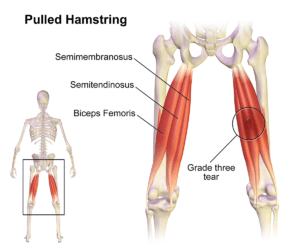
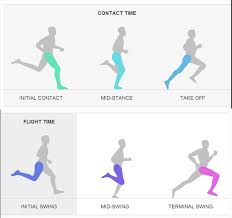
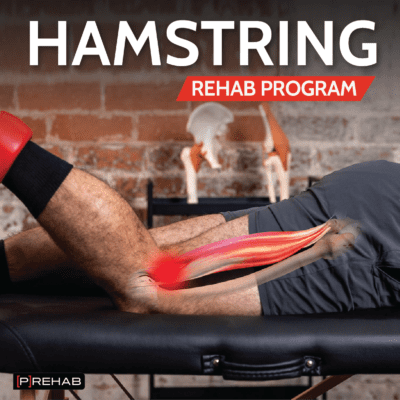
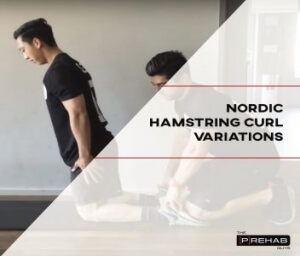
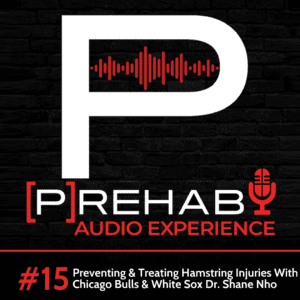
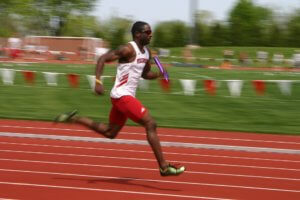
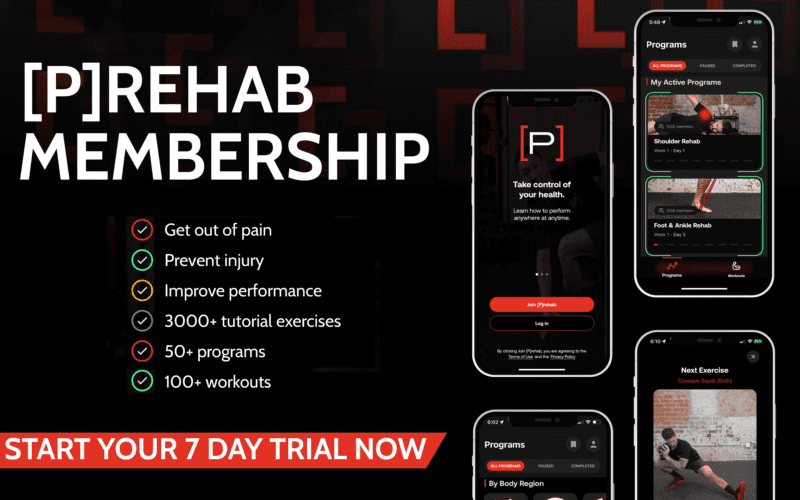

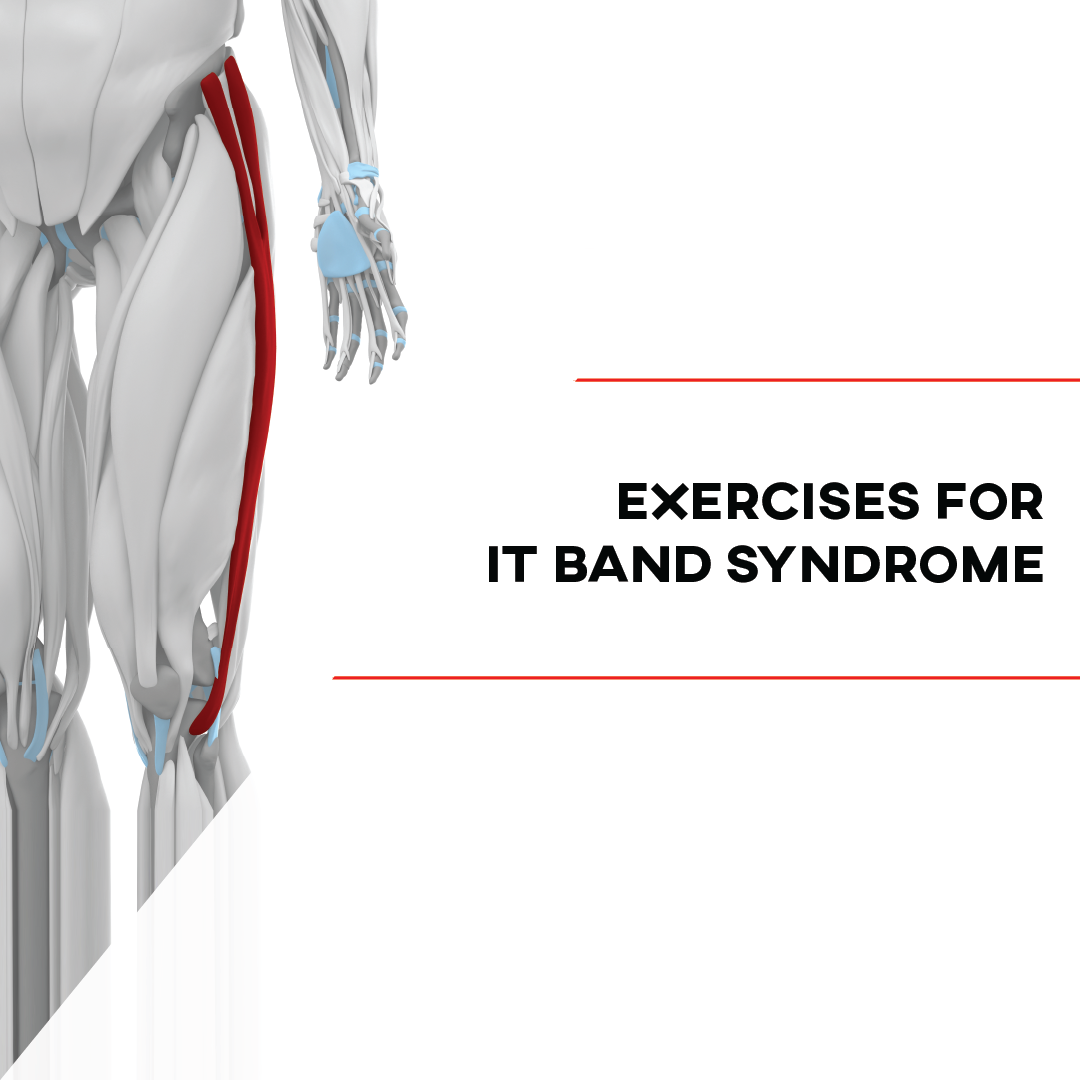
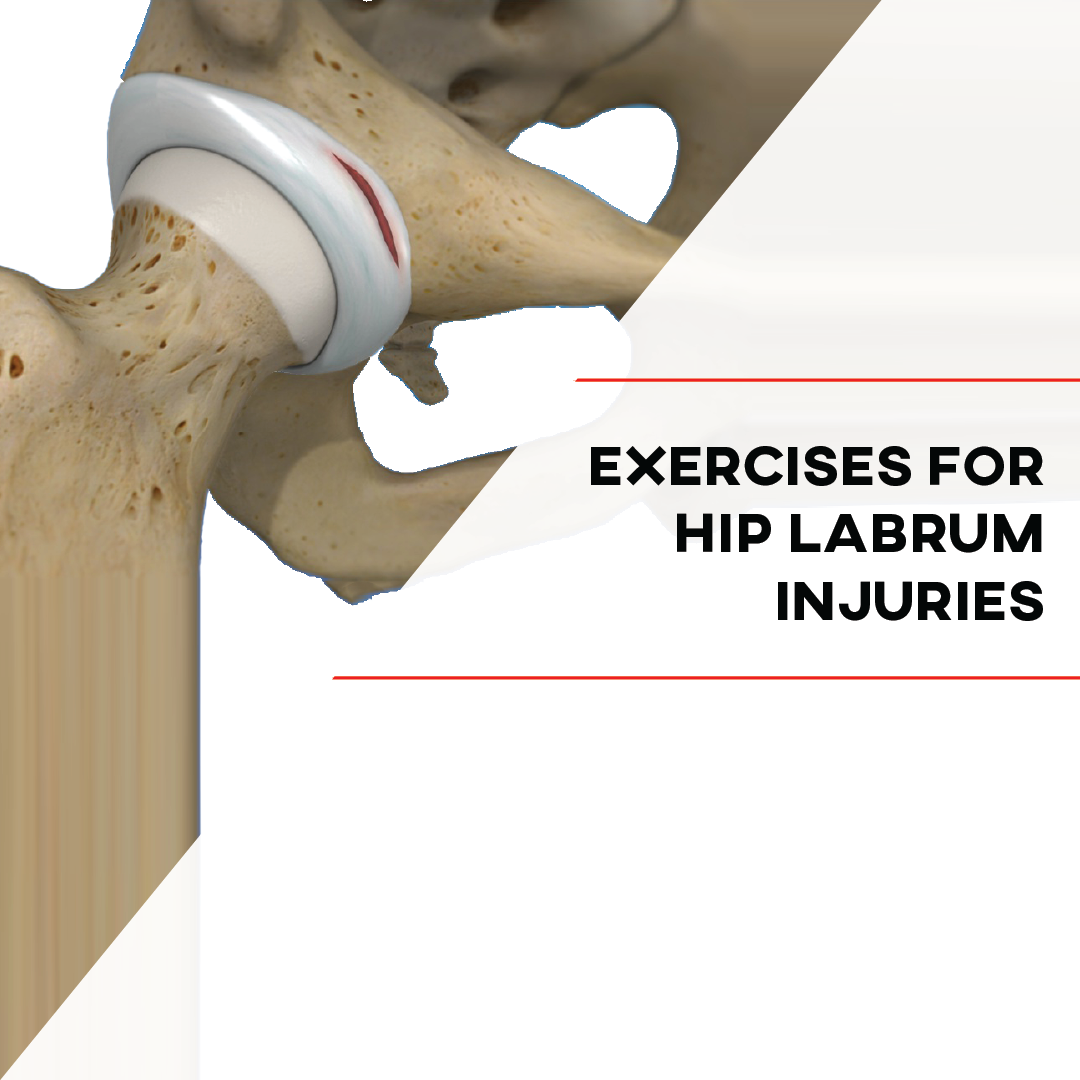

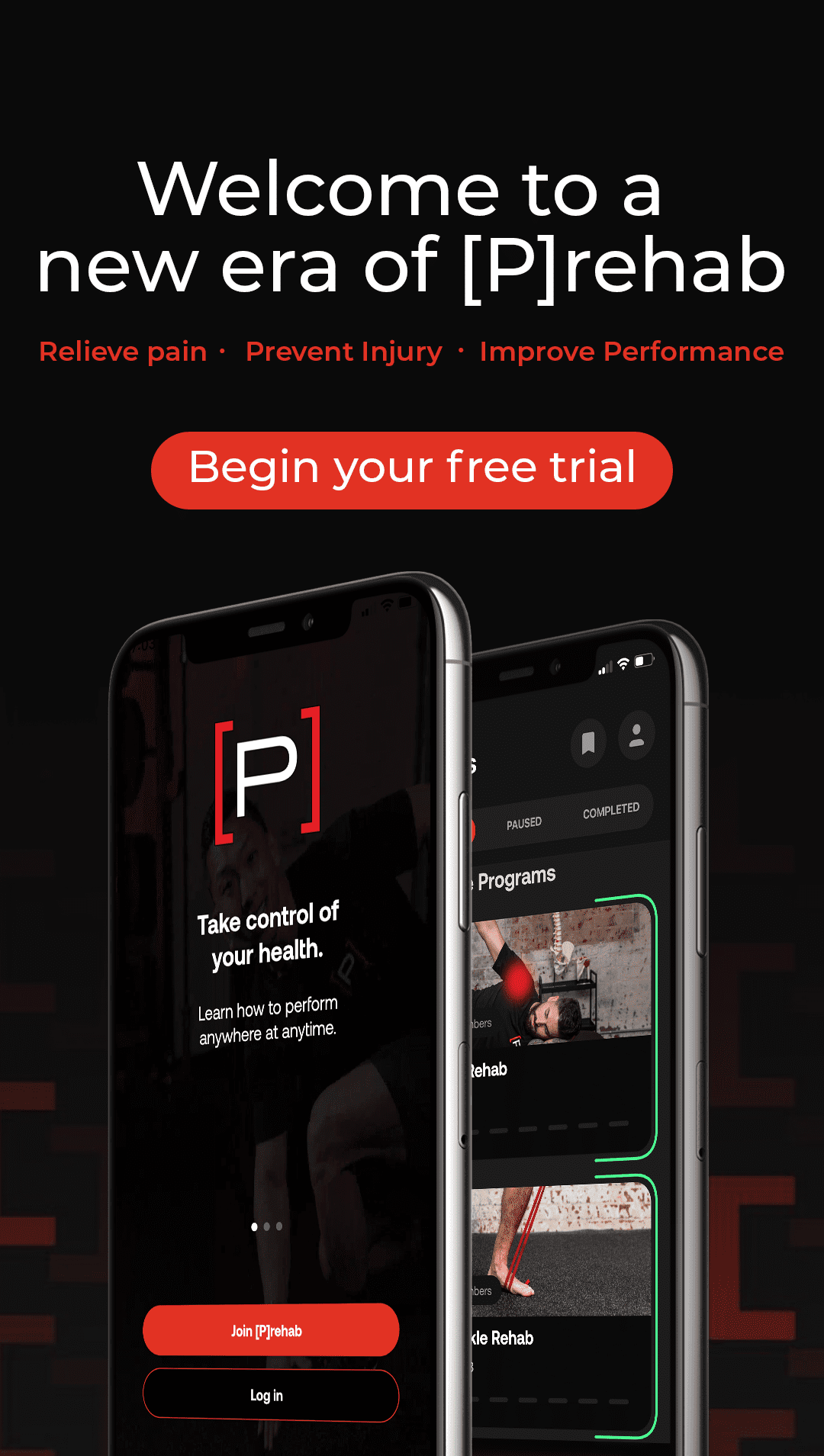




add me to the newsletter please?
Hi Jack! You can sign up here! https://theprehabguys.com/#newsletter-signup
Great post!